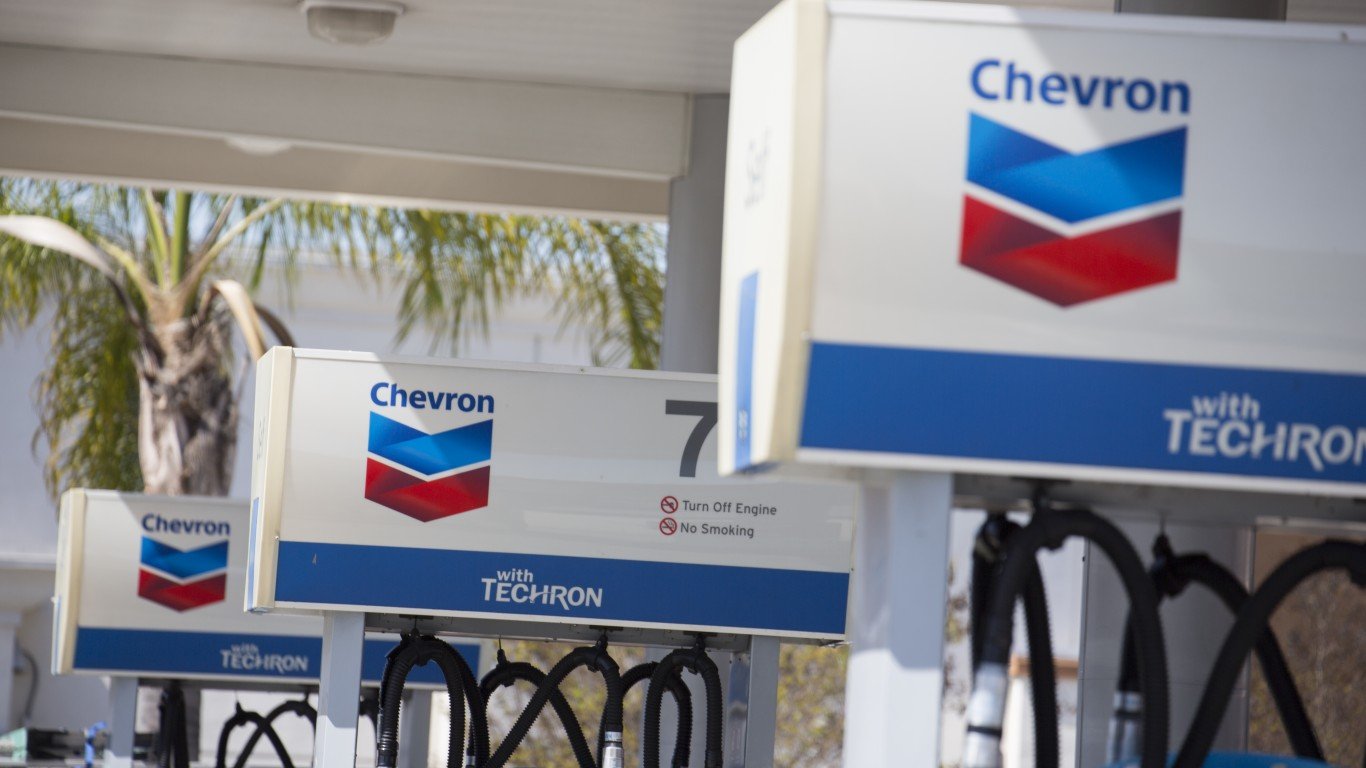

In morning trading on Wednesday, the Dow Jones industrials were down 0.25%, while the S&P 500 was up 0.15% and the Nasdaq 1.04% higher.
After U.S. markets closed on Tuesday, Microsoft reported earnings per share (EPS) and revenue that topped Wall Street estimates. The better news is that the company expects growth going forward. Shares traded up 7.5% Wednesday morning.
Alphabet also beat top-line and bottom-line estimates and announced an additional $70 billion for its share buyback program. Shares traded about 1.4% higher.
Enphase Energy also beat estimates on the top and bottom lines but issued downside guidance for the current quarter. Shares were slammed Wednesday morning, trading down 22.5%.
PacWest Bancorp beat both EPS and revenue estimates, and even better, deposits are improving. The stock traded up 10% Wednesday morning.
Visa topped estimates on the top and bottom lines, and it was rewarded with a share price boost of less than 1%.
Before markets opened on Wednesday, Boeing missed Wall Street’s profit estimate but beat on revenue. The aerospace giant reaffirmed prior operating cash flow guidance and its delivery estimate of 400 to 450 737s for 2023. Shares traded up about 2.3%.
Norfolk Southern beat estimates on both the top and bottom lines, and the stock traded down about 1.3%.
Teck Resources missed consensus EPS and revenue estimates but shares were trading a bit higher, regardless. Investors may be thinking that the company may now look more favorably at a buyout offer from commodity trading giant Glencore. The company is looking for a simple way to split off its coal business. Shares traded up 5.3%.
After markets close on Wednesday, Antero Resources, EQT and Meta Platforms are scheduled to report results. The following morning, AbbVie, Altria, American Airlines and Merck share their results, as do Caterpillar, Newmont and Peabody Energy. And Amazon, First Solar, Intel and T-Mobile take their turns on the earnings stage later on Thursday.
Here are previews of three companies set to report results first thing Friday morning.
Chevron
Over the past 12 months, shares of Chevron Corp. (NYSE: CVX) have risen by 6.2%. Since peaking at around $190 a share in November, the price has dropped by about 12%. That decline is down to a crude oil price drop of around 16% over the same period. The U.S. Energy Information Administration expects the spot price for Brent crude to decrease by about $15 year over year in 2023 to around $85. West Texas Intermediate typically trades at a discount of $4 to $5 a barrel to Brent. Cheaper crude will help raise refining margins but will not offset the lower crude price completely.
Analysts’ sentiment remains slightly bullish on the stock. Of the 28 brokerages covering Chevron, 13 have a Buy or Strong Buy rating and 14 have Hold ratings. At a recent price of around $167.00 a share, the upside potential based on a median price target of $192.00 is 15%. At the high price target of $236.00, the upside potential is 41.3%.
First-quarter revenue is forecast at $49.49 billion, which would be down 12.4% sequentially and 9.0% lower year over year. Adjusted EPS are forecast at $3.41, down 16.7% sequentially but up 1.5% year over year. For the full 2023 year, analysts expect Chevron to post EPS of $14.35, down 23.8%, on revenue of $203.14 billion, down 17.5%.
Chevron stock trades at 11.6 times expected 2023 EPS, 11.3 times estimated 2024 earnings of $14.71 and 11.6 times estimated 2025 earnings of $14.32 per share. The stock’s 52-week trading range is $132.54 to $189.68. Chevron pays an annual dividend of $6.04 (yield of 3.52%). Total shareholder return for the past 12 months was 9.48%.
Exxon Mobil
Shares of Exxon Mobil Corp. (NYSE: XOM) have risen by nearly 40% over the past 12 months. The shares have added about 11% in just the past month. On Monday, the U.S. Supreme Court declined to review an appeal by Exxon, Chevron and Suncor to move several climate-related lawsuits from state to federal courts. The two U.S. oil giants should benefit from lower crude prices because it lowers their depreciation and depletion of reserves, keeping the companies’ costs for access to capital in check.
Of 28 analysts covering the stock, 12 rate the shares at Hold, seven have a Strong Buy rating and eight rate the shares at Buy. At a price of around $115.00 a share, the upside potential based on a median price target of $123.75 is 7.6%. At the high target of $148.00, the upside potential is 28.7%.
First-quarter revenue is forecast at $90.07 billion, down 5.6% sequentially and by less than 1% year over year. Adjusted EPS are pegged at $2.60, down 23.5% sequentially but up 25.6% year over year. For the full 2023 fiscal year, estimates call for EPS of $10.08, down 28.3%, on sales of $386.83 billion, down 6.5%.
Exxon shares trade at 11.5 times expected 2023 EPS, 12.0 times estimated 2024 earnings of $9.66 and 12.7 times estimated 2025 earnings of $9.13 per share. The stock’s 52-week range is $82.69 to $119.63. Exxon pays an annual dividend of $3.64 (yield of 3.08%). Total shareholder return for the past 12 months was 45.52%.
U.S. Steel
Over the past 12 months, shares of United States Steel Corp. (NYSE: X) have dropped more than 24% from their value, down about 29% from a 52-week high that will roll off at the end of this month. Steel prices rose between early November and mid-March, but have been falling fast in the past five weeks to their level in late November. Global steel production rose 15.9% month over month in March and 1.7% year over year. U.S. steelmakers grew March production by 11.7% month over month. Rising production will not help prices, especially if the economy stays weak.
Of 11 brokerages covering the shares, only three have a Buy or Strong Buy rating. Another six rate the stock at Hold. At a share price of around $24.00, the implied upside based on a median price target of $30.00 is 25%. At the high target of $37.00, the upside potential is 37.1%.
First-quarter revenue is expected to come in at $4.25 billion, down 2.1% sequentially and by 18.7% year over year. Adjusted EPS are forecast at $0.53, down 39% sequentially and 82.6% lower year over year. For the 2023 fiscal year, analysts expect U.S. Steel to post EPS of $4.25, down 57.3%, on sales of $18.01 billion, down 14.5%.
U.S. Steel stock trades at 5.6 times expected 2023 EPS, 12.0 times estimated 2024 earnings of $2.00 and 8.2 times estimated 2025 earnings of $2.92 per share. The stock’s 52-week range is $16.41 to $34.37, and the company pays an annual dividend of $0.20 (yield of 0.83%). Total shareholder return for the past 12 months was negative 23.51%.
Sponsored: Want to Retire Early? Here’s a Great First Step
Want retirement to come a few years earlier than you’d planned? Or are you ready to retire now, but want an extra set of eyes on your finances?
Now you can speak with up to 3 financial experts in your area for FREE. By simply clicking here you can begin to match with financial professionals who can help you build your plan to retire early. And the best part? The first conversation with them is free.
Click here to match with up to 3 financial pros who would be excited to help you make financial decisions.
Thank you for reading! Have some feedback for us?
Contact the 24/7 Wall St. editorial team.
 24/7 Wall St.
24/7 Wall St.


